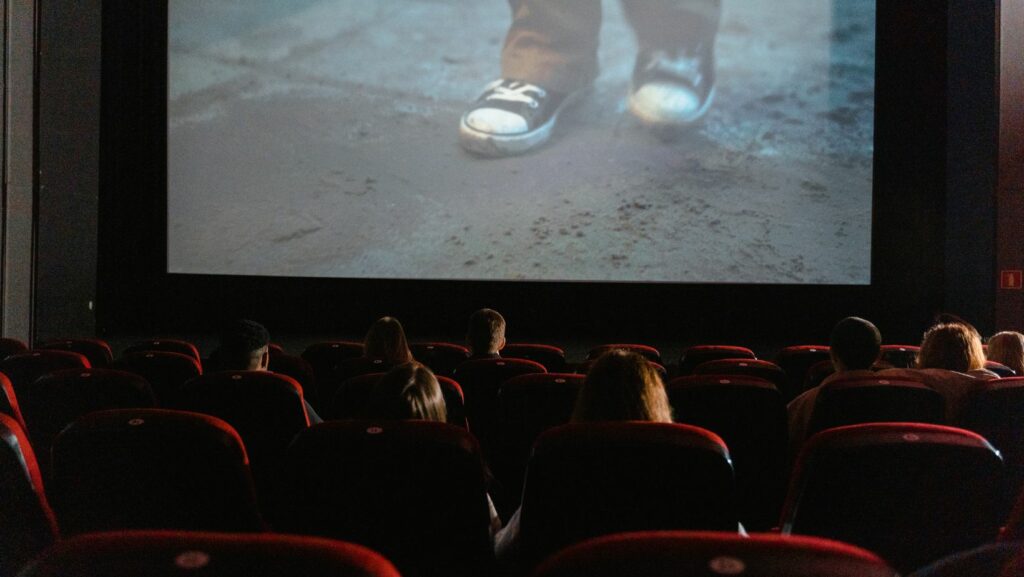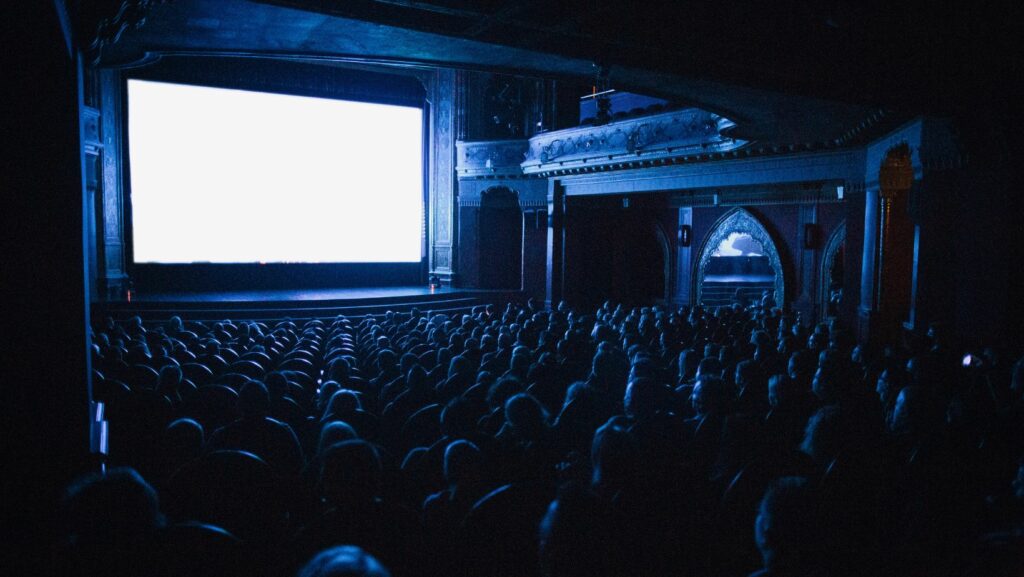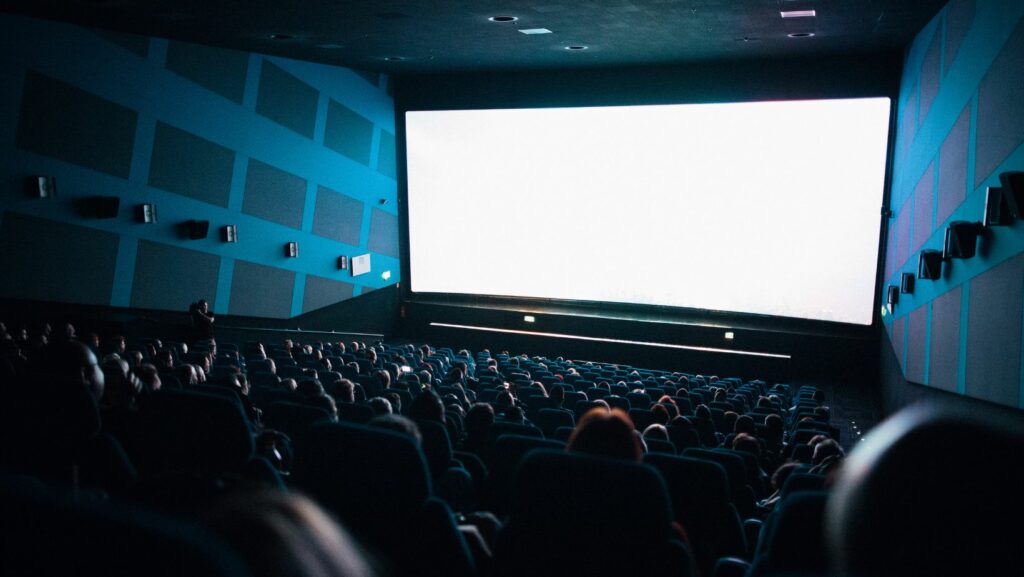Movie Trends Over the Years
Movies have always been a mirror reflecting society’s evolving tastes and cultural shifts. Over the decades, the film industry has experienced fascinating transformations, adapting to technological advancements and changing audience preferences. From the golden age of Hollywood to the rise of streaming platforms, each era has left its mark on cinematic history.

In the early years, black-and-white films captivated audiences with their charm and simplicity. As time progressed, the introduction of color and sound revolutionized storytelling, paving the way for more immersive experiences. Today, digital effects and CGI dominate the screen, allowing filmmakers to create worlds beyond imagination.
Yet, it’s not just technology driving these changes. Societal trends, such as the push for diverse representation and strong female leads, have also shaped the narratives we see on screen. As moviegoers continue to seek fresh and engaging content, the film industry remains in a constant state of evolution, ever ready to surprise and inspire.
The Evolution of Movie Trends
Film genres and styles have changed significantly, mirroring societal values and technological advancements. In the early 20th century, silent films gained popularity. Charlie Chaplin and Buster Keaton were iconic figures in this era. The transition to “talkies” with synchronized sound in the late 1920s redefined storytelling.
During the Golden Age of Hollywood (1930s-1950s), musicals and dramas dominated the box office. Stars like Marilyn Monroe and James Dean became cultural icons. The 1960s and 1970s saw a shift toward more experimental cinema, with filmmakers like Stanley Kubrick and Martin Scorsese pushing boundaries.
The 1980s introduced blockbuster culture with films like “E.T.” and “Indiana Jones,” driven by special effects. Animation also surged with Disney’s renaissance, producing hits like “The Little Mermaid.”

Digital effects and CGI revolutionized cinema in the 1990s and 2000s. Films like “Jurassic Park” and “The Matrix” showcased these advancements. The rise of superhero films, seen in the Marvel Cinematic Universe, exemplifies the influence of CGI in movie trends.
Recently, streaming services have reshaped film consumption. Platforms such as Netflix and Hulu provide diverse content, reflecting a demand for varied narratives and representation. Trend shifts continue as audiences seek inclusive and innovative storytelling.
The Golden Age of Hollywood
The Golden Age of Hollywood, spanning the late 1920s to the early 1960s, marked a period of significant cinematic growth and cultural influence. This era established Hollywood as the epicenter of moviemaking.
Dominance of Genres
During this time, genres such as musicals, dramas, and comedies dominated the box office. Musicals captivated audiences with elaborate choreography and songs, with examples like “Singin’ in the Rain” becoming timeless classics. Dramas offered powerful narratives, exemplified by films like “Gone with the Wind,” while comedies, including those by the Marx Brothers, provided much-needed escapism during challenging times.
Influence of Technicolor
Technicolor transformed the visual impact of films in the Golden Age. First introduced in the 1930s, this color process added vibrancy and depth to movies, enhancing storytelling. Iconic films like “The Wizard of Oz” and “Gone with the Wind” showcased its potential, creating unforgettable cinematic experiences that captivated audiences with their stunning visuals.
The Rise of Blockbusters
Blockbuster films began transforming the movie industry in the late 20th century, changing the landscape of cinema. These high-budget films captivated massive audiences with their epic storytelling and spectacular visuals.
The Era of Action Movies
The 1980s marked a significant turning point with the ascendancy of action movies as blockbuster staples. Films like “Die Hard” and “Indiana Jones” series set new standards for the genre. They attracted large audiences with adrenaline-pumping sequences, charismatic protagonists, and engaging plotlines.
The Impact of Special Effects
Special effects revolutionized the blockbuster scene, enhancing the moviegoing experience. In the 1990s, groundbreaking technologies like CGI elevated visual storytelling, exemplified by films such as “Jurassic Park” and “The Matrix”. These innovations enabled filmmakers to create unforgettable cinematic spectacles, further fueling the blockbuster phenomenon.

The film industry continues to evolve, mirroring societal changes and embracing technological advancements. As movies adapt to cultural shifts, they offer diverse narratives that resonate with global audiences. The rise of digital platforms and CGI has transformed storytelling, while independent films challenge norms and foster innovation. With a focus on representation and inclusivity, filmmakers are crafting stories that reflect and inspire societal progress.

